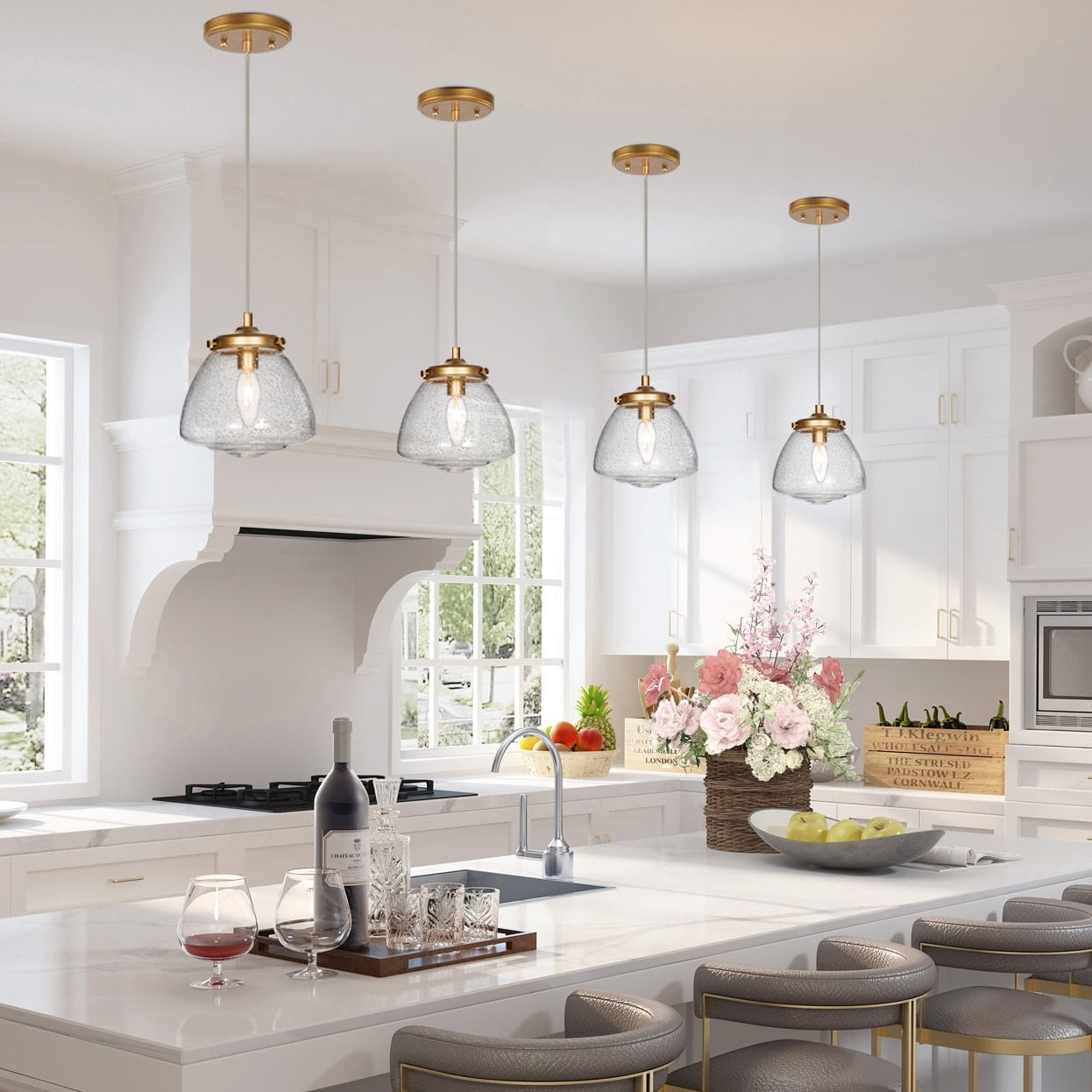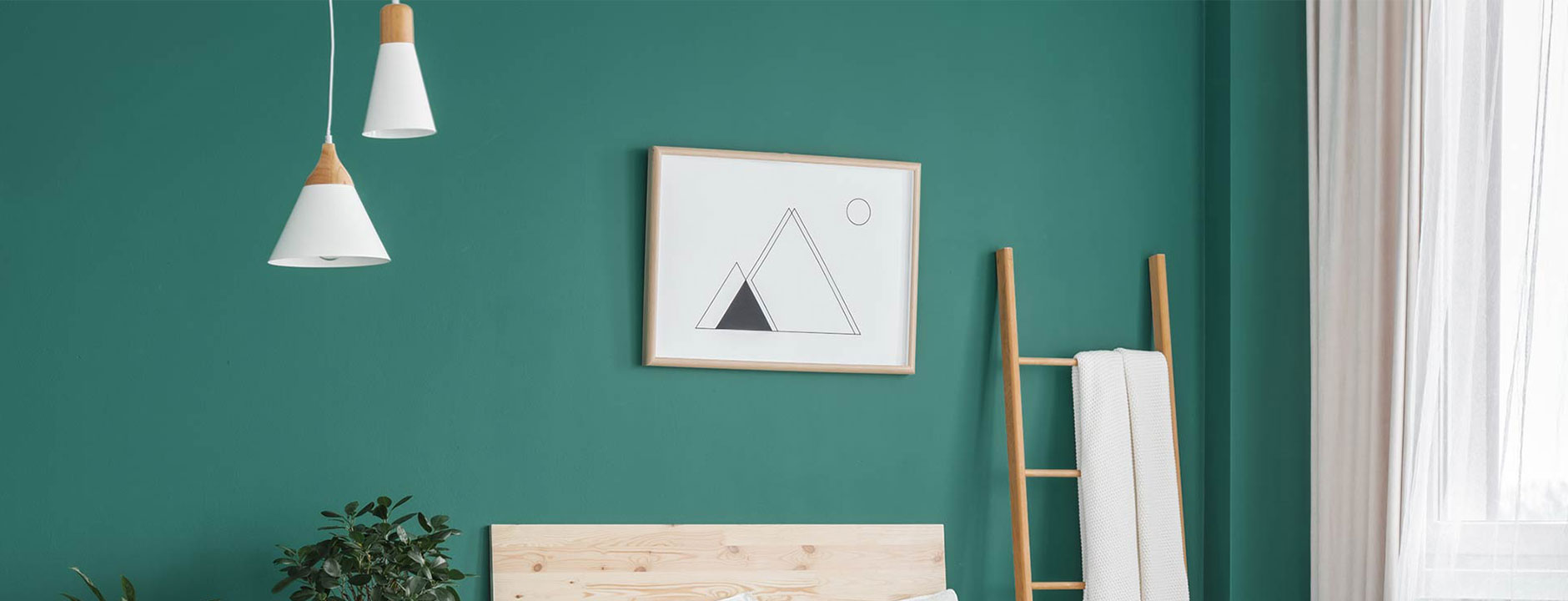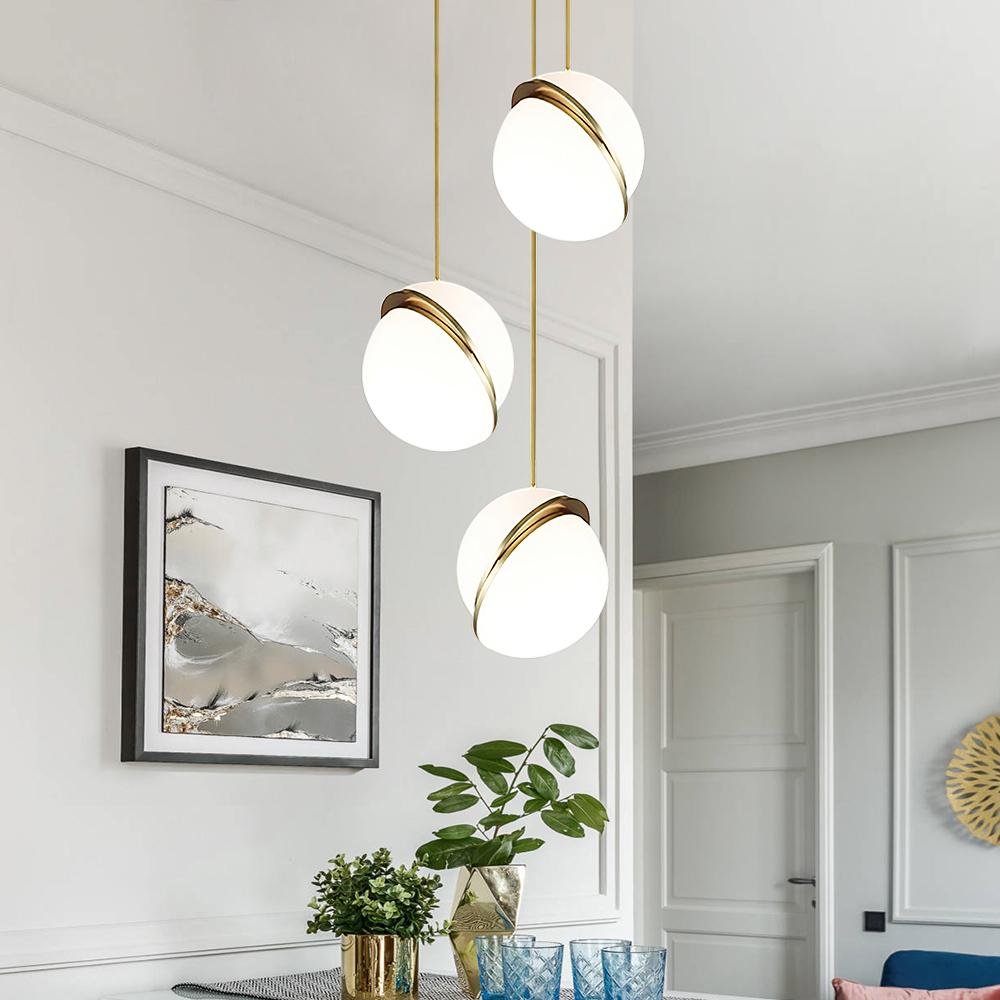A Comprehensive Overview to Putting Up and Maintaining Your Pendant Light
Keeping a pendant and setting up light needs mindful planning and implementation. Correct height dimensions can enhance both performance and layout. Necessary devices and a clear setup process are crucial for a successful arrangement. Regular maintenance guarantees long life and efficiency. Understanding these elements can transform an area. Understanding where to start may appear daunting. What actions should one focus on to attain the most effective results?
Recognizing Pendant Light Styles
While several house owners seek to improve their rooms with pendant lighting, comprehending the different styles offered is essential for making an educated choice. Pendant lights can be found in a plethora of layouts, each offering one-of-a-kind aesthetic and practical benefits. Typical pendant lights often include classic forms and materials, such as glass or metal, giving a classic charm. Contemporary layouts, on the other hand, may integrate bold colors and cutting-edge products to produce striking prime focus.
Industrial-style pendants frequently make use of basic materials like exposed bulbs and rustic coatings, suitable for loft spaces and modern setups. For an extra wayward touch, vintage-inspired options evoke fond memories with detailed details and retro coatings. In addition, minimal designs focus on simplicity and clean lines, appealing to those who like downplayed sophistication. Comprehending these diverse styles enables home owners to choose pendant lights that not just complements their design but also serves their functional lights requires properly.
Measuring the Ideal Elevation for Your Necklace Light
How does one establish the ideal elevation for a pendant light? To achieve the most effective functionality and aesthetic allure, numerous aspects need to be taken into consideration. Commonly, a necklace light ought to hang 30 to 36 inches above a table to assure enough illumination without obstructing sights. Precede with high ceilings, the fixture may be placed a little greater to maintain proportionality.
For kitchen islands, a height of 28 to 34 inches over the kitchen counter is normally advised, enabling ample light insurance coverage while maintaining an inviting environment. In living locations, the pendant must be hung at a height that enhances the surrounding decoration and does not develop a danger for individuals walking below it.
Ultimately, personal preference and area dimensions play significant roles in figuring out the ideal height. Evaluating different elevations before final installment may help attain the preferred effect and functionality.
Devices and Products Needed for Installation
Effective installation of pendant lights needs a certain set of materials and tools to guarantee a smooth procedure. Important tools consist of a screwdriver, cord stripper, and a drill, which promote secure fixture add-on and appropriate wiring. A voltage tester is essential for validating safety and security by making sure that power is off before beginning any kind of electrical work.
Along with devices, certain products are essential for installation. These consist of the pendant lighting fixture itself, electrical wiring, cord nuts for safe links, and mounting equipment. A ceiling hook might additionally be required, relying on the fixture's style.
For included safety and ease, a ladder will certainly help within high ceilings, while a degree ensures that the light hangs uniformly. Preparing these tools and products beforehand improves the installation process, making it extra effective and effective. Appropriate prep work is crucial to accomplishing an effective necklace light setup.
Step-by-Step Setup Refine
With the needed devices and materials collected, the setup process for necklace lights can start. Initially, the power supply should be shut off at the breaker to guarantee safety and security. Next off, the installing brace needs to be affixed to the electric box in the ceiling. After safeguarding it, the electrician's tape ought to be used to cover any subjected cables.
Complying with that, the pendant light's cables are attached to the equivalent wires in the ceiling: black to black (or red), white to white, and environment-friendly or copper for ground. Once the connections are made, they ought to be safeguarded with cable nuts.
The necklace light can after that be affixed to the installing brace, making sure it hangs at the preferred elevation. Finally, the light bulb is put, and the power is turned back on at the circuit breaker, permitting the new necklace light to light up the area.
Preserving and Cleansing Your Pendant Light
What actions should be required to assure the longevity and aesthetic appeal of necklace lights? Routine upkeep and cleansing are vital in maintaining their elegance and functionality. Dust and dust can accumulate on pendant lights, decreasing their shine. To clean up, a soft, lint-free towel or microfiber towel need to be used, along with a gentle cleaner ideal for the surface area material - Pendant Light. For glass or crystal pendants, a glass cleanser can enhance clearness without touches
It is suggested to transform off the light and enable it to cool down prior to cleaning. Furthermore, examining the fixture for loose light bulbs or connections periodically guarantees safety and optimal performance. If appropriate, altering bulbs routinely avoids stress on electric parts. Ultimately, preserving a secure setting by preventing direct exposure to moisture can substantially expand the life of necklace illumination. Following these steps will keep pendant lights looking their finest while working successfully.
Troubleshooting Typical Necklace Light Issues
When pendant lights malfunction, a number of typical issues might develop, consisting of flickering light bulbs, wrong setup, and voltage fluctuations. Identifying the origin is crucial for efficient repairing and making certain peak performance. Attending to these troubles quickly can enhance the longevity and performance of necklace lighting components.
Flickering Light Light Bulbs
Flickering light bulbs can be a source of frustration for homeowners, commonly indicating underlying electric problems or straightforward maintenance needs. This phenomenon may come from loose bulb connections, where the bulb is not securely fitted right into the outlet, triggering periodic call (Pendant Light). In addition, malfunctioning or aging bulbs may flicker as they near completion of their life-span. Another common reason is irregular voltage, which can develop from concerns within the electric system or overloading circuits. House owners ought to likewise check for harmed circuitry, as this can bring about flickering and pose safety and security dangers. Prompt substitutes and routine evaluations are vital to assure appropriate performance and to maintain a safe home environment. Determining the origin immediately can stop more difficulties

Inaccurate Setup Concerns
Inappropriate installation of necklace lights can cause a series of concerns that may resemble those brought on by flickering light bulbs. Usual troubles include loose electrical wiring links, which can interrupt the flow of electricity and cause periodic lights. Additionally, if the placing bracket is not safely fastened, the pendant might hang erratically, developing an unstable fixture that can trigger vibrations or noise. Incorrect light bulb types or wattage can additionally add to performance issues, as incompatible light bulbs might not operate click resources successfully in the fixture. Finally, inadequate spacing from the Website ceiling can create shadows or minimize light circulation, lessening the desired result of the necklace light. Recognizing and addressing these installation errors is important for achieving proper functionality and aesthetic charm.
Voltage Change Issues
Necklace lights can enhance a room's ambiance, voltage changes can lead to substantial efficiency problems. These fluctuations may cause flickering lights, decreased brightness, or also early light bulb failure. To identify such problems, one should initially inspect the light's compatibility with the voltage supply. Making use of a multimeter can help gauge voltage levels and recognize irregularities. It might be needed to inspect the electrical system for loose links or damaged wiring if voltage problems linger. In many cases, consulting an accredited electrical expert is a good idea to assure safety and security and conformity with local codes. Correctly attending to voltage changes not only improves the performance of necklace lights but also extends their life expectancy and improves general lighting top quality.
Enhancing Your Area With Pendant Light Positioning
Efficient pendant light placement can considerably enhance an area by adhering to perfect elevation guidelines, guaranteeing the right illumination degree. Layering these lights with other resources can create a balanced environment, highlighting centerpieces within the area. Accomplishing an unified look needs careful consideration of both the fixture's placement and its partnership with surrounding aspects.
Optimal Elevation Guidelines
When contemplating the perfect elevation for pendant lights, a basic standard recommends hanging them approximately 30 to 36 inches over a counter top or table surface area. This elevation permits maximum lighting while guaranteeing that the light does not block sights or create risks. In eating areas, pendant lights ought to be placed to enhance the dining experience, generally around 28 to 34 inches over the table. For kitchen islands, maintaining uniformity across several necklaces can develop a natural appearance; spacing them evenly and adhering to the recommended height improves performance. It is vital to consider ceiling elevation too, as greater ceilings might require modifications to maintain symmetry and visual charm. Appropriate height positioning significantly contributes to the general ambiance of an area.
Layering With Various Other Lights
As pendant lights are integrated into a wider lights style, they can significantly enhance the atmosphere of an area. Their flexibility enables them to be layered with ambient, task, and useful content accent lights, developing an unified equilibrium. For instance, integrating pendant lights with recessed lights can give general illumination while highlighting certain areas. Job lighting, such as under-cabinet lights, can enhance pendants in kitchens, making certain performance without giving up style. Accent lights, like wall surface sconces, can additionally enrich the atmosphere, accentuating artwork or architectural functions. By tactically positioning these source of lights, house owners can accomplish depth and measurement, changing a common space into a beautifully lit up establishing that caters to different activities and state of minds.
Focal Points and Balance

Tactically placed necklace lights can act as charming focal factors within a space, drawing the eye and enhancing the total aesthetic. When picking pendant lights, it is crucial to take into consideration their shade, size, and form to guarantee they match the existing decoration. A vibrant, large pendant can produce a striking centerpiece above an eating table, while smaller components may work better in clusters to accomplish a balanced look. In addition, placing necklace lights at varying heights can add depth and visual rate of interest to the area. Preserving balance with various other aspects, such as furnishings and wall colors, will guarantee that the necklace lights improve the space without frustrating it. Thoughtful positioning transforms the atmosphere, developing an unified and inviting environment.
Regularly Asked Concerns
Can I Set Up a Necklace Light in a Recessed Ceiling?
The inquiry of whether a pendant light can be installed in a recessed ceiling commonly develops. Generally, it is feasible with appropriate mounting hardware, guaranteeing appropriate support and electrical connections for safe and reliable setup.
What Sort of Bulb Is Ideal for Pendant Lighting?
When choosing light bulbs for pendant lights, LED choices are frequently chosen due to their energy performance and durability. In addition, the color temperature should match the wanted ambiance, with warm white being a prominent selection for cozy setups.
Are Necklace Lighting Safe for Outdoor Use?

How Do I Choose the Right Pendant Light Power Level?
Selecting the ideal pendant light electrical power entails assessing the space's size, desired illumination, and component compatibility. Typically, lower power levels fit ambient illumination, while higher wattages offer task lights, making sure functionality and visual allure.
Can I Make Use Of a Dimmer Switch Over With My Pendant Light?
The inquiry developed whether a dimmer switch can be made use of with a necklace light. Usually, if the light and light bulb work, a dimmer button can efficiently enhance ambiance and control illumination degrees.
When pendant lights malfunction, several typical issues may emerge, including flickering light bulbs, wrong installation, and voltage variations. Improper setup of pendant lights can lead to a variety of concerns that might resemble those triggered by flickering light bulbs. Poor spacing from the ceiling can create shadows or minimize light distribution, diminishing the designated impact of the necklace light. Effective pendant light positioning can considerably boost an area by adhering to optimal elevation standards, guaranteeing the right lighting degree. When choosing light bulbs for pendant lights, LED options are frequently liked due to their energy effectiveness and longevity.